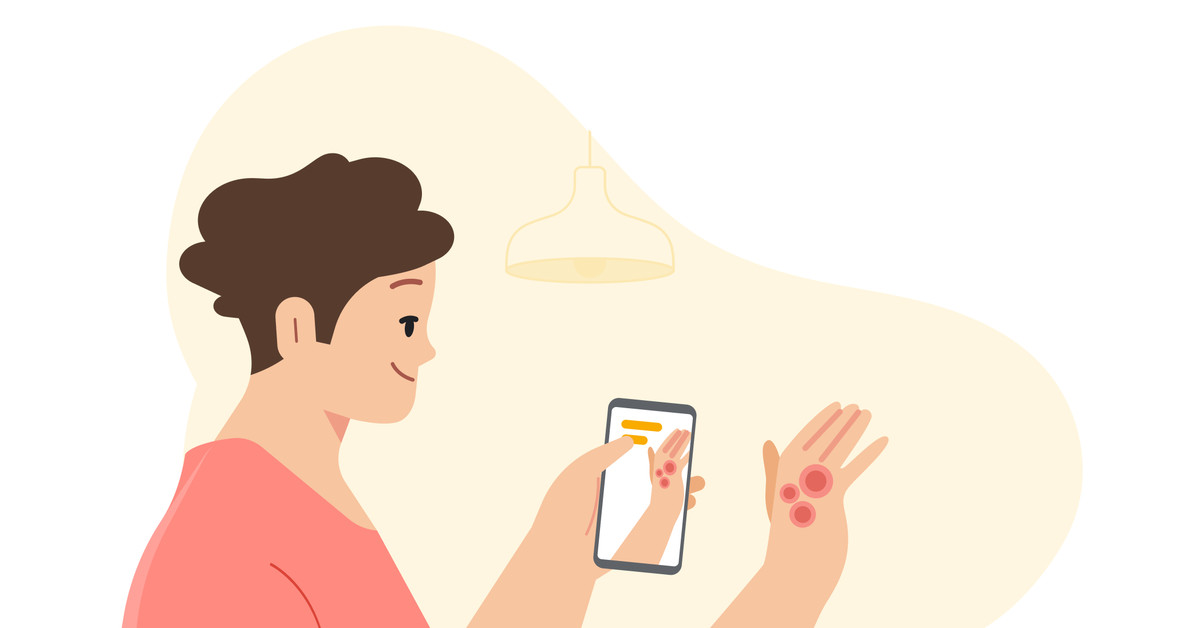In yet another sign of the growing alliance between Google and Samsung, today both companies announced that they are essentially combining Wear OS — Google’s operating system — and the Tizen-based software platform that has been foundational to Samsung’s wearables for many years. The resulting platform is currently being referred to simply as “Wear,” though that might not be the final name.
Benefits of the joint effort include significant improvements to battery life, 30 percent faster loading times for apps, and smoother animations. It also simplifies life for developers and will create one central smartwatch OS for the Android platform. Google is also promising a greater selection of apps and watch faces than ever before.
We’re combining the best of @wearosbygoogle and @SamsungMobile Tizen into a unified wearable platform. ⌚ Apps will start faster, battery life will be longer and you’ll have more choice than ever before, from devices to apps and watch faces. #GoogleIO pic.twitter.com/vj2aYZD81x
— Google (@Google) May 18, 2021
“All device makers will be able to add a customized user experience on top of the platform, and developers will be able to use the Android tools they already know and love to build for one platform and ecosystem,” Google’s Bjorn Kilburn wrote in a blog post.
Wired has more details on what’s to come, including the tidbit that Samsung will stick with its popular rotating bezel on future devices — but it’s finished making Tizen-only smartwatches. There will also be a version of Google Maps that works standalone (meaning without your phone nearby) and a YouTube Music app that supports offline downloads. Oh, and Spotify will support offline downloads on Wear smartwatches, as well.
Samsung confirmed that its next Galaxy Watch will run on this unified platform. And future “premium” Fitbit devices will also run the software. Aside from merging the technologies of both platforms, the new Wear OS will include improvements that make it easier to multitask between wrist apps. And some of Fitbit’s “most popular” fitness tracking features will also be included to help the platform evolve as a health tool.
What about my current Samsung Galaxy smartwatch?
Samsung will make good on its promise of three years of software updates for existing products, according to Wired, and it will also allow customers to export their health data so it can be used on future devices. More details will be shared in the months to come.




